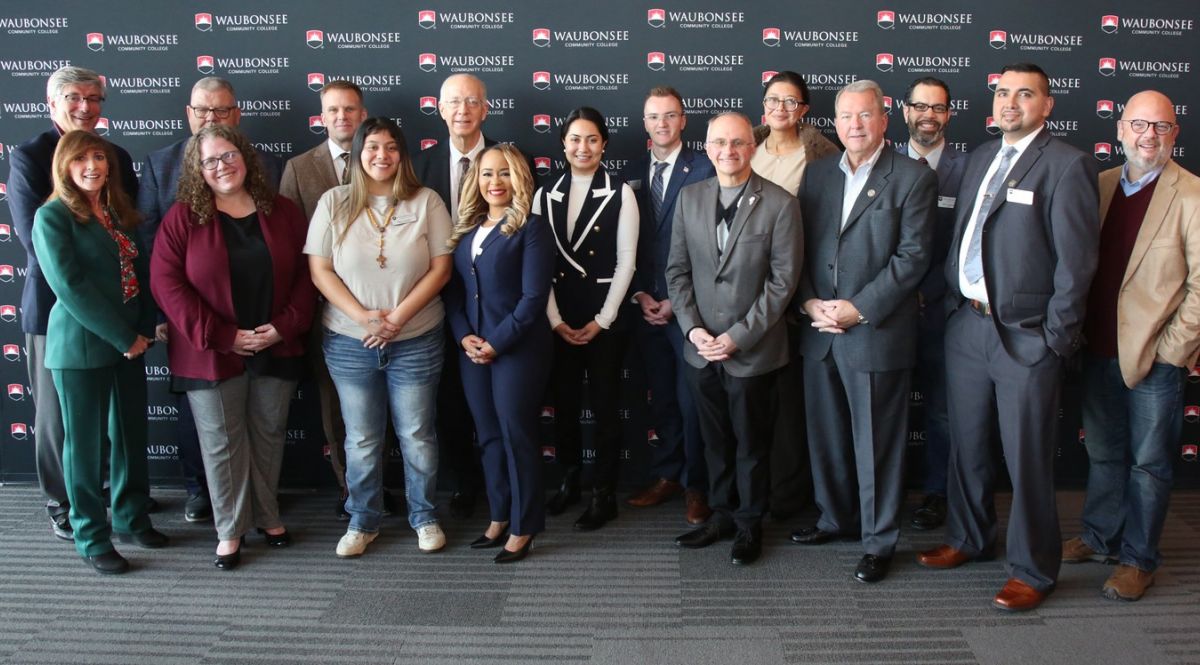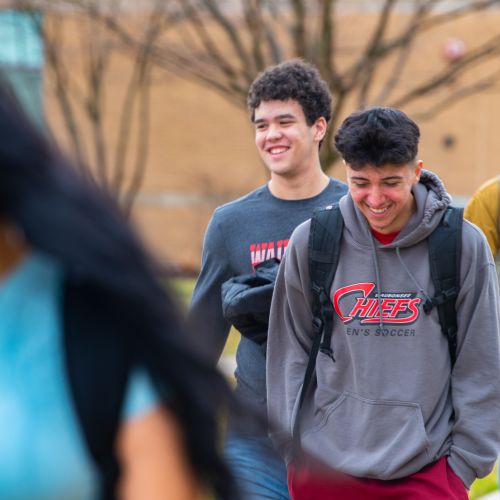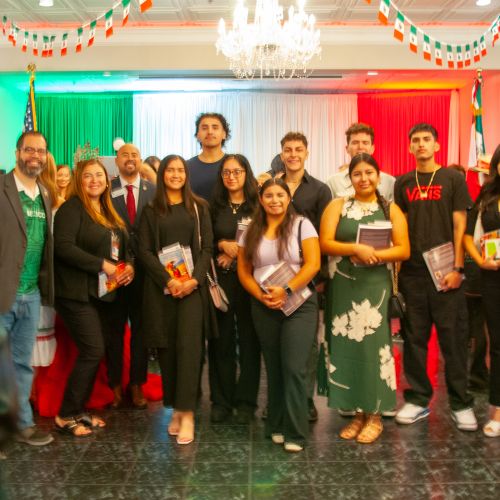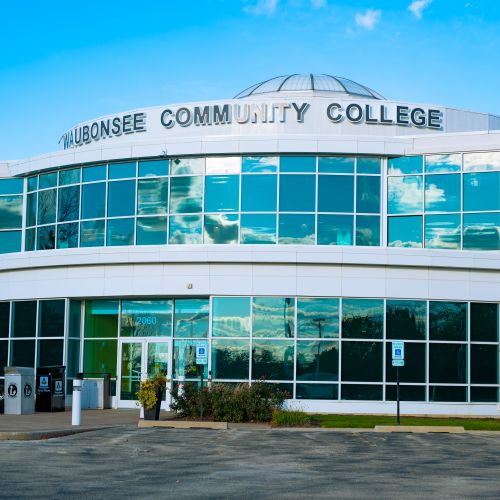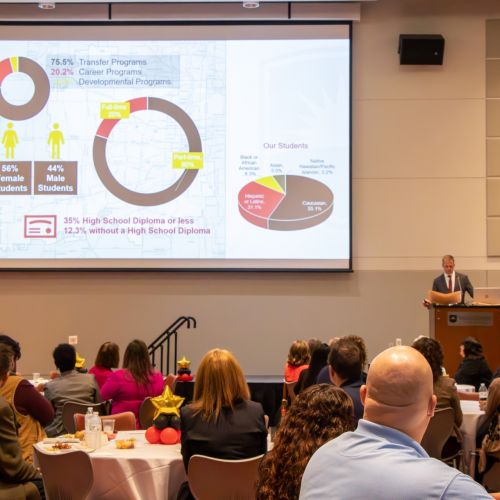Waubonsee Community College’s Inaugural Legislative Roundtable Draws Strong State and Federal Support, Highlighting Role in Workforce Development
Publish Date
• 2 min read
Waubonsee Community College hosted its inaugural Legislative Roundtable on December 8 at the college’s Sugar Grove Campus, securing high-level support from state and federal policymakers.
›

